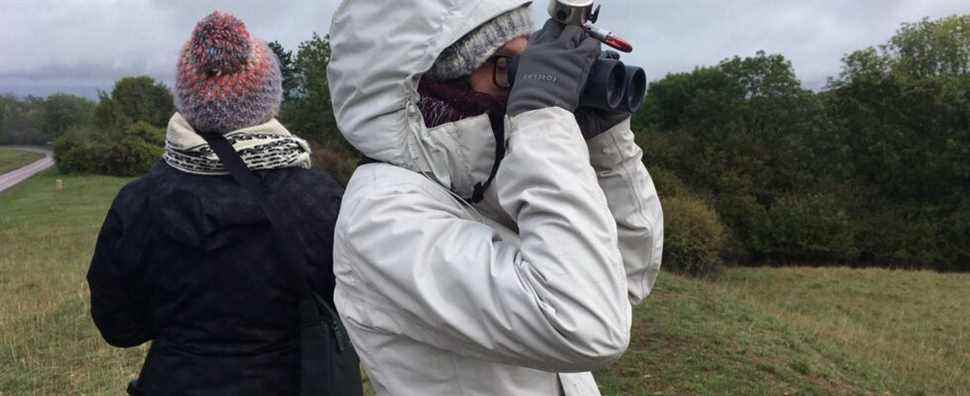Professional and amateur ornithologists will go on Saturday 15 and Sunday 16 January to the field in wetland reserves to count the different bird populations. “It’s a moving moment”, assures the president of the League for the Protection of Birds on franceinfo.
franceinfo: What does this waterbird count consist of?
Allain Bougrain-Dubourg: In a way, we make an inventory. In the reserve of Moëze-Oléron, just next to the island of Oléron, we are counting the birds with volunteers for 48 hours. This represents one billion 500 million birds counted and this basically gives us indicators. It is not so much the number of birds that we are going to reference. It is rather: are the populations, the species increasing or decreasing? This is what interests us in collective work.
How long has this count been done?
Since the end of the 1960s. We noticed that there was a dramatic decline in water birds, in particular because we had drained the wetlands, because there was artificialization, because there had drainage. We wanted, on the initiative of our British friends, to try to have a look at the entire bird population. And we chose this particular period because we saw a kind of freeze frame of nature. Clearly, the fall migrations are largely over and the migrations that lead to spring breeding are barely underway. We are in a period when the birds are almost frozen and are also the least numerous of the year.
What do you notice? Are there more or less water birds?
It’s great ! It increases. Overall, water birds are on the rise, especially swans and many ducks. There are spoonbills, there are a lot of sandpipers, there are knights. But there are also species that, despite everything, are still doing very badly. I’m thinking of the black-tailed godwit, the Eurasian curlew. We were forced to go before the Council of State to stop hunting them when the birds were in decline, very fragile. We can say that overall, it is the result of the good work done. Clearly, these reserves, not only were they created, they are places of peace to welcome the birds, but they were properly managed. We have succeeded in halting the loss of wetlands.
“There are places of reception that are now bearing fruit.”
Allain Bougrain-Dubourgat franceinfo
We talk a lot about the disappearance of birds, the sixth extinction at the beginning of the 21st century. In fact, it all started in the 70s. At the time, there were less than ten pairs of white storks in France. Today there are more than 3,000 pairs. Species can be restored. It is not won for all species. Overall, if the regulations are well applied, this is not always the case, if the reception areas are favorable and well managed, yes, we can save this fragile nature.
